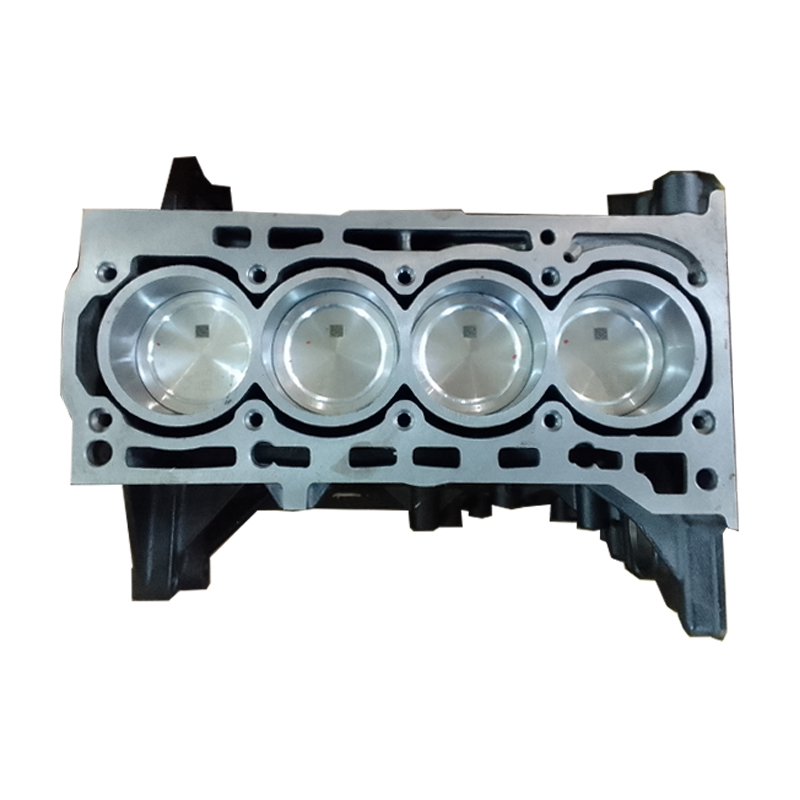Choose a durable clp engine for better efficiency.
Choose a durable clp engine for better efficiency.
Blog Article
Exactly How a Clp Engine Can Enhance Efficiency in Different Industries
The development of CLP engines marks a considerable shift in functional effectiveness across various fields, driven by their capacity to optimize gas consumption and reduce downtime. Industries such as production and logistics stand to gain significantly from their durable style and constant power outcome, which guarantee to enhance operations and boost efficiency. As companies increasingly prioritize sustainability along with efficiency, the role of CLP engines becomes much more crucial. What remains to be seen is just how these developments will shape the future landscape of industrial operations and their influence on broader financial fads (clp engine).
Summary of CLP Engines
CLP engines, or Continual Liquid Propellant engines, stand for a significant development in propulsion technology, particularly for area applications. These engines make use of a continual feed system that permits the continual expulsion of propellant, causing enhanced efficiency and efficiency compared to typical solid or hybrid propulsion systems. By preserving a constant flow of fluid propellant, CLP engines can achieve more exact thrust control, which is vital for navigating spacecraft in numerous objective situations.
The style of CLP engines integrates sophisticated products and innovative gas management systems. clp engine. This results in minimized weight and enhanced integrity, necessary aspects for long-duration space missions. The continuous operation minimizes the danger of burning instability, a typical difficulty in standard rocket engines.

Advantages in Manufacturing
The production of Constant Fluid Propellant (CLP) engines offers several noteworthy benefits that boost both efficiency and cost-effectiveness. One of the primary benefits is the streamlined production process, which lowers the complexity connected with typical propulsion systems. By utilizing fluid propellant, makers can attain greater precision in engine performance, resulting in maximized power result and reduced waste.
Furthermore, CLP engines promote a greater degree of modularity, permitting much easier assimilation right into numerous manufacturing lines. This adaptability can dramatically reduce preparations and boost total functional versatility. Using CLP modern technology likewise has a tendency to reduce the requirement for extensive maintenance as a result of fewer relocating components, which translates into decreased downtime and functional expenses.

Applications in Logistics
Leveraging Continual Fluid Propellant (CLP) engines in logistics provides significant advantages in operational performance and reliability. These engines offer a durable service for different transportation demands, allowing the smooth motion of items throughout substantial ranges. The integral style of CLP engines permits constant power outcome, which converts right into smoother and much more predictable transport routines.
One of the key applications of CLP engines in logistics remains in durable freight transportation, where they can drive both ground and airborne automobiles. Their ability to keep high performance under varying lots problems guarantees that distribution timelines are satisfied, thus enhancing consumer complete satisfaction. Additionally, CLP engines can be integrated right into automated logistics systems, promoting real-time tracking and maximizing path planning.
Additionally, the sturdiness of CLP engines minimizes upkeep downtime, permitting logistics firms to maximize their operational abilities. This is especially valuable in warehousing procedures, where effectiveness in handling and transferring goods is important. As logistics continues to evolve, the integration of CLP engines represents a forward-thinking approach that not just enhances efficiency however additionally sustains the sector's growing needs for reliability and speed.
Effect On Energy Performance
How do Continual Fluid Propellant (CLP) engines boost power efficiency in transportation? CLP engines utilize a consistent circulation of fluid fuel, maximizing burning processes and maintaining a steady thrust result. This style minimizes energy losses related to standard combustion engines, where fuel delivery can vary and lead to inadequacies.
The continual operation of CLP engines permits a more effective thermal cycle, causing greater particular impulse contrasted to conventional engines. clp engine. This equates to minimized fuel usage for the exact same amount of job done, considerably decreasing operational expenses throughout numerous transportation fields, consisting of air travel and maritime industries
Furthermore, the capacity of CLP engines to maintain ideal performance under varying tons conditions decreases the requirement for from this source constant acceleration and deceleration, better enhancing gas efficiency. Boosted power effectiveness not only contributes to cost financial savings yet also leads to decrease greenhouse gas emissions, lining up with worldwide sustainability objectives.
Future Trends and Innovations
Emerging advancements in Constant Liquid Propellant (CLP) engine technology promise to change the landscape of transportation effectiveness and sustainability. As industries pivot toward greener choices, CLP engines stand at the center, integrating ingenious products and layout methodologies that boost efficiency while reducing environmental effect.
One of one of the most encouraging patterns is the fostering of hybrid systems that combine CLP engines with sustainable energy resources. This harmony can enhance fuel intake and reduce exhausts, straightening with international sustainability objectives. Advancements in computational liquid dynamics (CFD) are assisting in the design of more aerodynamically reliable engines, leading to lowered drag and improved fuel effectiveness.
Moreover, the advancement of wise surveillance systems is readied to enhance functional performances. These systems take advantage of data analytics and IoT innovation to maximize engine efficiency in real-time, making certain that the engines run within their most reliable specifications.
As study remains to discover alternate propellant formulas-- such as biofuels and synthetic fuels-- the future of CLP engines looks promising. By taking advantage of these innovations, industries can not only enhance their effectiveness but also add significantly to a cleaner, much more sustainable future in transportation.
Verdict
In final thought, CLP engines stand for a substantial improvement in efficiency throughout multiple sectors. The assimilation of advanced materials and less relocating more helpful hints parts minimizes maintenance requirements, while alignment with sustainability objectives positions CLP engines as an essential modern technology for the future.
Report this page